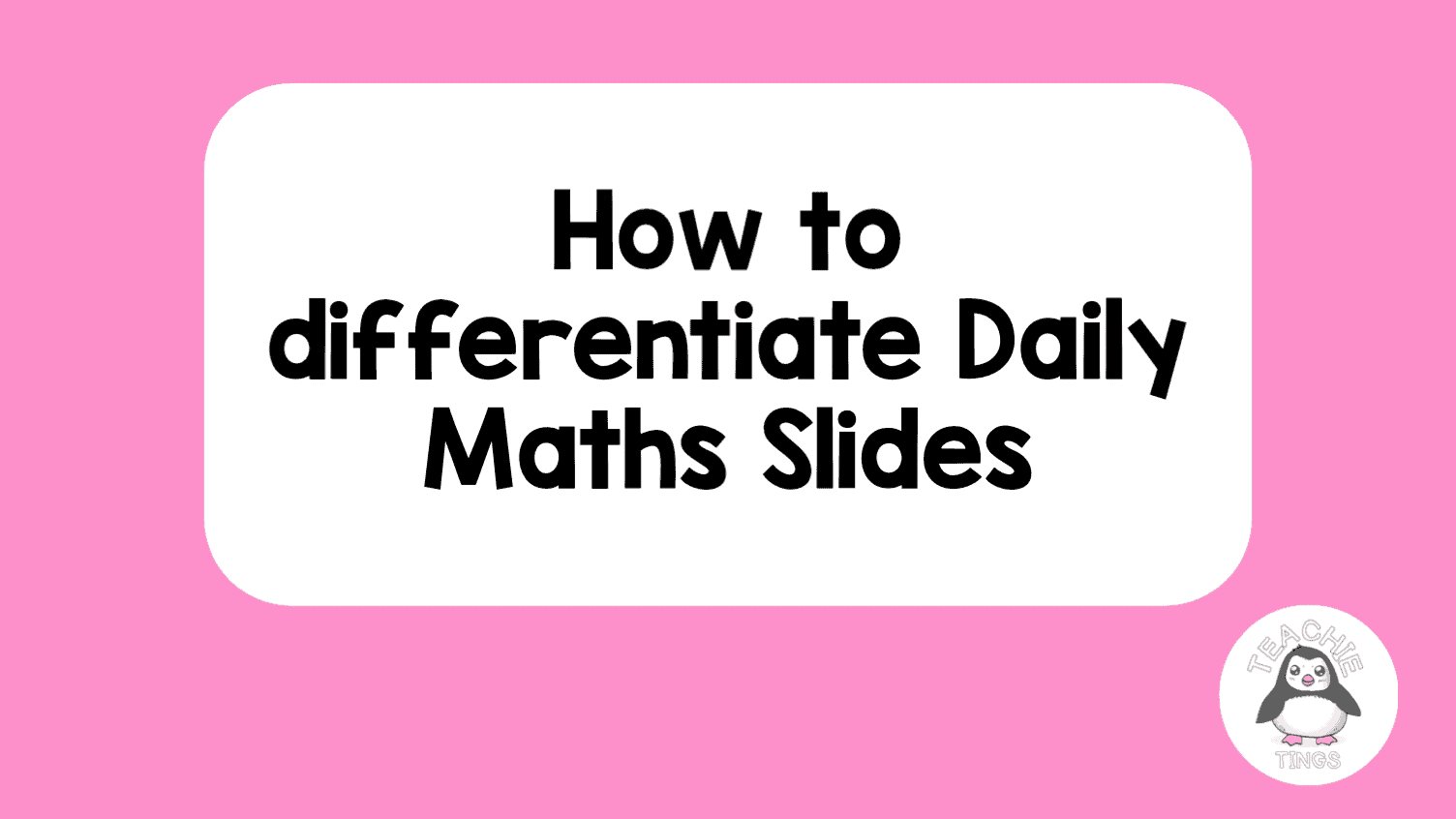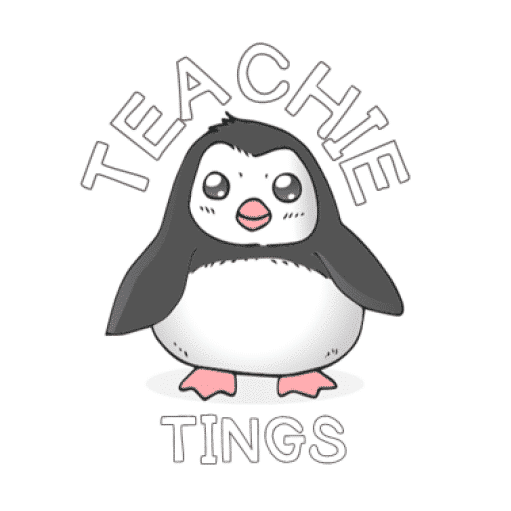
One of the greatest work/life-balance hacks that I have added to my teaching is daily maths revision slides. They enable me to easily differentiate maths whilst saving planning time! These slides have meant that no matter what, my students have had curriculum-relevant work to complete helping them to achieve their learning goals. They’re no-prep– just […]
